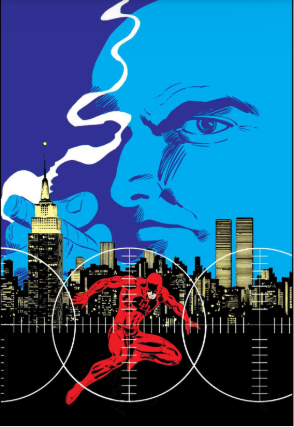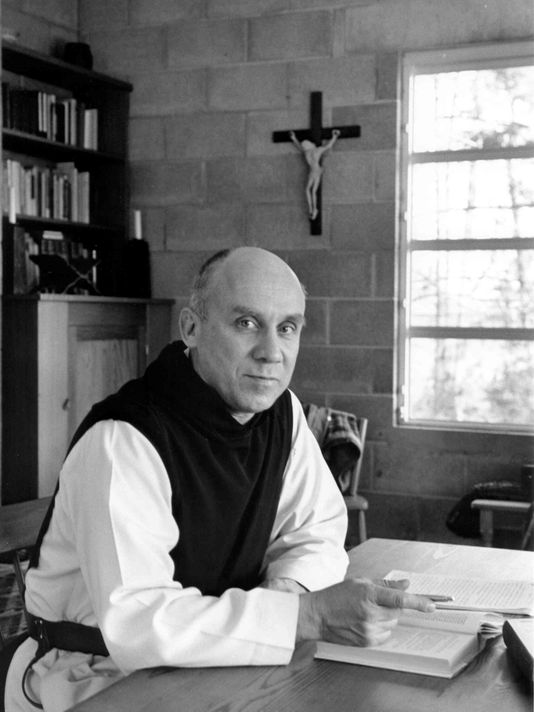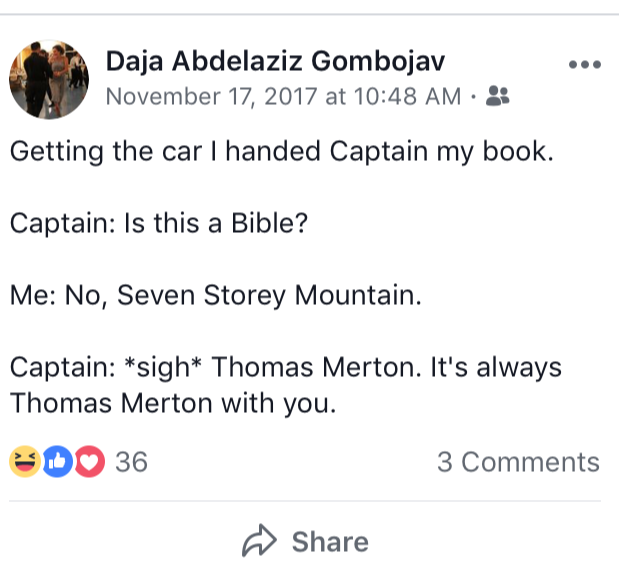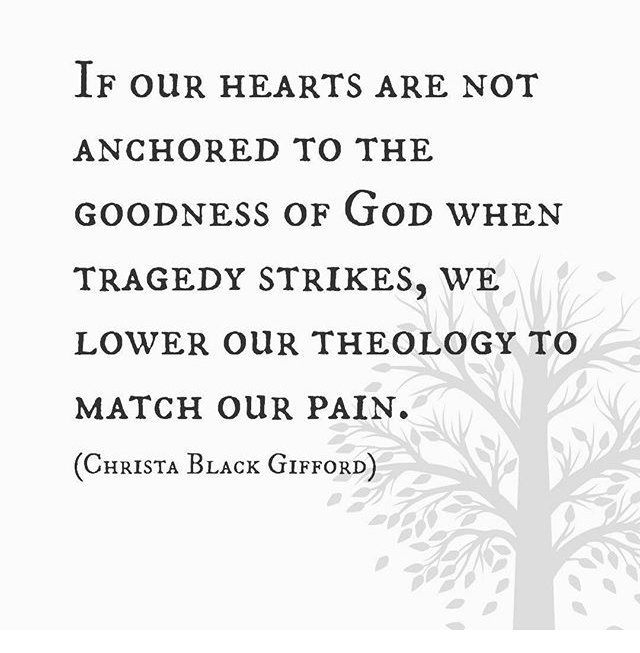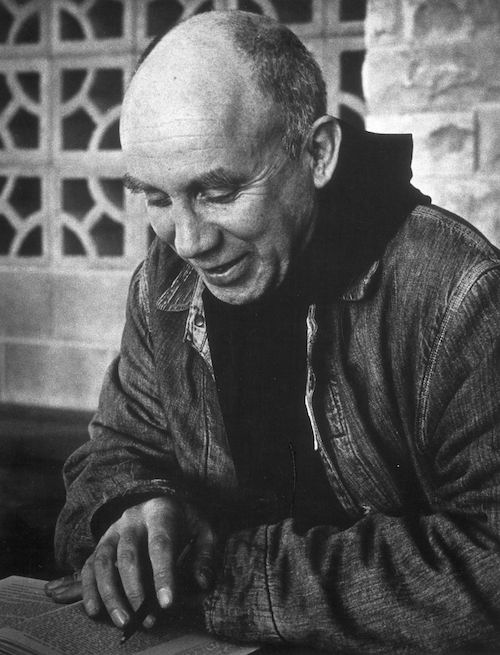
“Solomon is a type of Christ, and just as the Queen of Sheba came to Solomon to consult him because he was so wise, so the Church comes to Christ who is Wisdom himself. As a result, since the Queen of Sheba is black, so must the Church be black and beautiful. Her very blackness is a symbol of her universality; all nations are present in her.”
Cyprian Davis, OSB, commenting on the Song of Songs
As Black History Month comes to a close, it behooves us as Catholics to learn more about black history in the context of the Church we know in love. Though celebrating and engaging with Church history is a perpetually relevant task, it seems especially important for the Church in these days to look inward and celebrate the contributions of black Catholics to the universal Church over the centuries. Though people of African descent have been a constant presence in the history of Catholicism from the earliest days of the Church (and even before, considering those Africans who converted to Judaism in the time before Christ and appear in the Scriptures) I think it is fair to say that for many, this is a topic where many of us can admit some ignorance. This is partially due to wide ranging misconceptions about religion and race that affect many in the our country, most notably those pet prejudices of both white Catholics and non-Catholic African Americans, for whom the history of black Catholicism is either intentionally or unintentionally invisible. The purposes of this post is to draw attention in a brief way to the importance of black Catholics throughout the Church’s history and hopefully inspire the reader to explore and learn more on their own. After all, our understanding and interest of black history in general and black Catholicism in particular should not be limited to a mere 28 days.
BLACK CATHOLICS IN THE EARLY CHURCH
To begin with, it bears noting that some of the most famous and important saints of the early Church were in fact, Africans and thus form part of the tradition of black Catholicism. This illustrious list includes St. Anthony of Egypt, regarded by many as the founder of monasticism; Sts Felicitas and Perpetua; and of course St. Augustine and his mother St. Monica. A perhaps lesser known saint from this period was the physically imposing monk St. Moses, whose story of conversion is no less dramatic than that of Augustine of Hippo.
Besides those formerly recognized by the Church as saints, we also can assume a sizable portion of black Africans were members of the early Church. The first main missionary thrusts of the Church were in the Roman Empire, an Empire which at its height included much of North Africa. Besides that, black Africans permeated the Roman Empire so it is natural to assume that many early converts to the Christian faith were black Africans. Outside of Rome and further into Africa, the Axumite kingdom of Ethiopia was an early convert to Christianity, as was Nubia, a country to the south of Egypt. Christianity remains firmly entrenched in this part of the world, and the Ethiopian Rite Catholic Church remains a sign that black Catholicism has ancient roots.

BLACK CATHOLICS IN MEDIEVAL TIMES AND THE AGE OF EXPLORATION
At the beginning of the medieval period, many of the lands of previously Christian North Africa were conquered by early followers of Islam and afterward tended to be dominated by that religion. However, just as black Africans could be found throughout the Roman Empire, so too was the case with the Southern European communities where the medieval Church grew in medieval times. One saintly figure who came from these Afro-European communities was St. Benedict the Moor, an Sicilian Franciscan of African descent who lived in the 16th century.
Despite the aforementioned Islamic conquests, Catholicism also continued to take root in Africa, especially in the late medieval/renaissance period. Most notably, the Kingdom of the Congo converted to Catholic Christianity from paganism and established itself as a Christian kingdom in the heart of Africa before the first European expeditions to the New World.
When the European expeditions did come however, the creation of the Transatlantic slave trade soon transported countless Africans across the continents North and South America leading to what we today would call the African diaspora. As the Congolese example attests, some of these people were already Catholics, while others converted to Catholicism based on their association with Spanish, Portuguese, French, and English Catholics during the slave trade. Though the trade would be condemned officially in 1839 by the papal document In Supremo Apostalatus, it goes without saying that many European Catholics participated in the enslavement and dehumanization of their own coreligionists in what of the greatest tragedies of history.
The simultaneously brutal and beautiful transformation of the New World that followed proved a forge for many holy saints. St. Peter Claver, though not black himself, became a hero for the enslaved by being a tireless advocate for their wellbeing and introduction to the faith. St. Peter was a Jesuit priest born in Spain who worked in present day Columbia. His name marks the Knights of Peter Claver today, a Catholic fraternal organization. He stands as an example of true Christian charity during a time of much brutality towards black people. Another South American saint worth mentioning who was indeed black is St. Martin Porres. The first black American canonized, St. Martin de Porres was a Dominican who struggled against Spanish laws which restricted black people from joining religious communities. He was known for his pious connection to Mary and his ceaseless care for the sick and poor of Peru. St. Martin de Porres is honored in the song Black Christ of the Andes by Catholic jazz musician Mary Lou Williams.

BLACK CATHOLICS IN THE UNITED STATES
The history of Catholics in America includes the story of slaves, slave revolt leaders, reformers, jazz musicians, and civil rights activists, just as the history of African Americans includes priests, going to confession, and praying to saints.
As our country to this day struggles over questions of race and racism, it has become increasingly important to become more aware of our black past. For American Catholics, there is no exception. The history of black Catholics in the United States is rich and interesting, though admittedly under-represented in historiography and popular culture. Though many of our casual ideas African American culture are associated with various Protestant religious traditions, the fact remains that vibrant communities of black Catholics in Louisiana, Maryland, and Kentucky have been present since the early days of the republic and have had a large impact on our cultural consciousness of Americans. One has only to watch the Mardi Gras celebrations of New Orleans to see a blending of Congolese, Caribbean, French, Spanish, and American traditions coming together in a Catholic celebration.
Due to the relative youth of the United States as a country, the black saints of this part of the world are in many cases “saints in waiting”, though many holy African Americans have been designated as Venerable or Blessed by the Church. These include the humble layman Pierre Toussaint, who was a Haitian immigrant living in NYC in the early 19th century; Servant of God Mother Mary Lange who dedicated her life to the education of black children in Maryland; and, of course, Venerable Augustus Tolton requires mention as the first black priest in the country, being ordained 1886.
The history of black Catholics in the United States is a complex one, with many African Americans of the faith facing suspicion and prejudice for being both black and Catholic in for what to many was supposed to be a white, Protestant country. In addition, black Catholics could feel secluded from the wider African American community, where Roman Catholicism was often considered foreign and a “white man’s church”. Likewise, they faced prejudice from white Catholics, many of whom had inherited racist ideas from the wider culture. That being said, many American Catholics also played historic role in promoting the rights of African Americans long before the wider culture did. A notable example of this phenomenon was when in 1924 the Knights of Columbus commissioned none other than NAACP co-founder WEB Dubois to write a book on the contributions of black people to the United States. This was part of the organization’s anti-racist crusade against the then resurgent Ku Klux Klan, who spent its time persecuting blacks, immigrants, Jews, and Catholics. This and many other examples show the importance black history should have for Catholics in general.
This history of Black Catholics in the United States is one that would require many posts and much more research to discuss at length here, but I encourage the reader to look at some of the sources below for more information.

CONCLUSION
In this brief post, I hope I have at least peaked your interest on the rich, interesting and vital topic of black Catholicism. Over one hundred years ago, African American activist Daniel Rudd wrote, “[the Catholic Church] is the only place on the Continent where rich and poor, white and black, must drop prejudice at the threshold and go hand and hand to the altar.” He felt strongly that Catholicism had a vital role to play in healing the country’s race-related wounds. In today’s climate of racial tension and resurgent racism, can we say our Church communities provide this space which Rudd envisioned? Are our parish communities welcoming to people of color? Do the images in our Church’s reflect the diversity and universality of our religion? Are we attentive listeners to the needs of minority communities? Do we see black history, and in particular, black Catholic history, as important?
WHERE TO GO TO LEARN MORE
The National Black Catholic Congress – the best resource for learning more about the history of black Catholicism in general and the United States in particular. This organization was founded in 1889 and continues to be a beacon for organizing black Catholics across the country today.
The History of Black Catholics in the United States by Cyprian Davis – this seminal work by historian and Benedictine monk Cyprian Davis tells the complicated history of black Catholics in America. Starting with the origins of Christianity in Africa, he goes on to discuss the religious situation under slavery, the formation of black lay and religious organizations, and the struggle for civil rights through a Catholic lens.
The Gifts of Black Folk: Negroes and the Making of America by WEB Dubois – the book commissioned by the KofC to tell the story of African American contributions to the American character. Part of a series commissioned by the KofC to promote a diverse vision of America during a time of the resurgent KKK. Others in this series championed the benefits Jewish and German Americans brought to society.
USCCB Resources Against Racism – in light of recent events, the American Church has organized an ad hoc committee against racism. Here is a link for resources provided for said committee, including their pastoral letter against racism “Open Wide Your Hearts”.
From the Farmington Fish-Eater: Daniel Rudd – a short biography written on this site of Daniel Rudd, an African American Catholic journalist, apologist, and pioneer in the role of black Catholics in the Church.
From the Farmington Fish Eater: Bishop James Augustine Healy – a video creator by a Fish-Eater talking about the life and times of James Augustine Healy, the first bishop in the United States of African descent.
“Black Church” YouTube Playlist – an under-construction video playlist by the author with many videos on the topic of black Catholicism, ranging from history to liturgy to the state of Catholic Africa today. The name came as a refutation of the idea that “Black Church” is somehow something uniquely separate from the Catholic experience.

